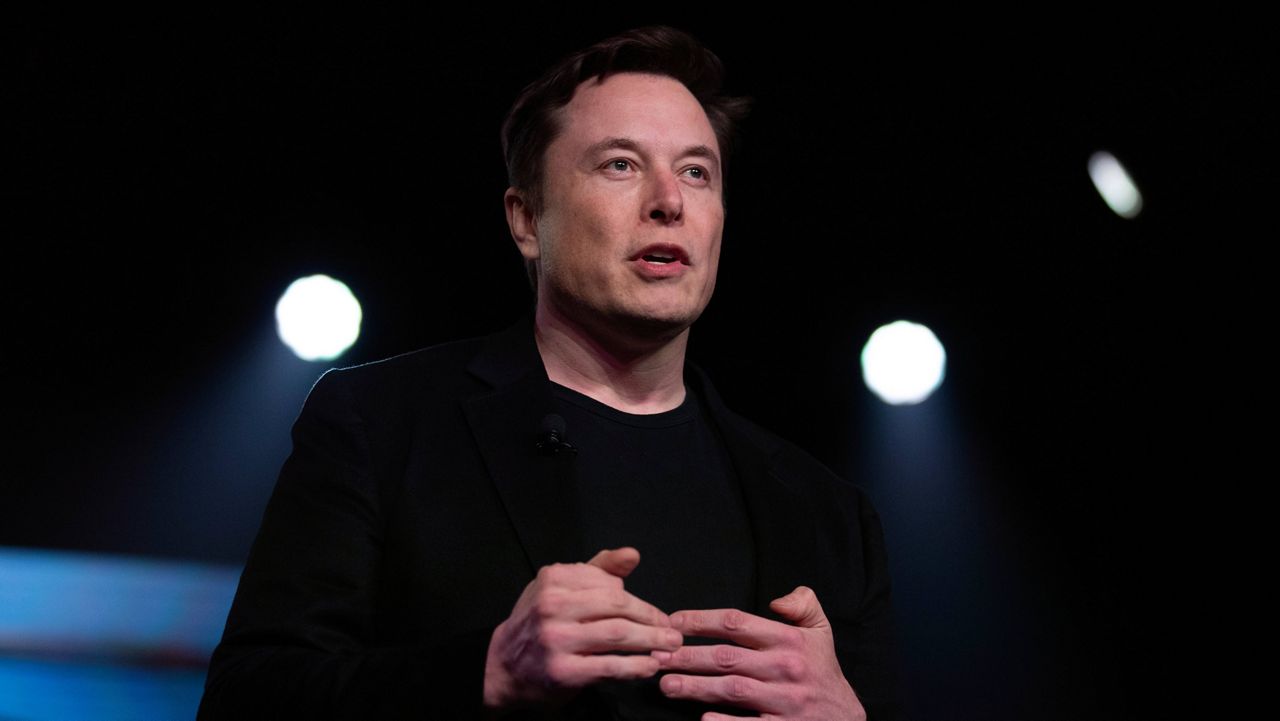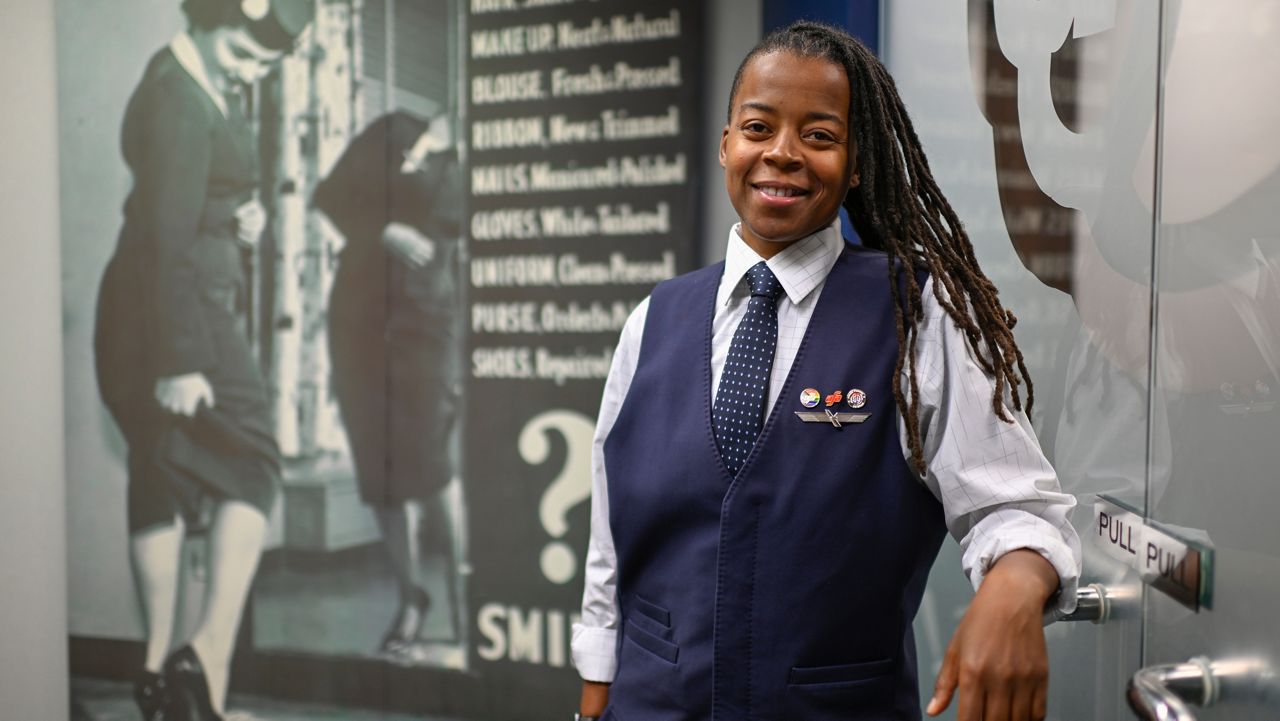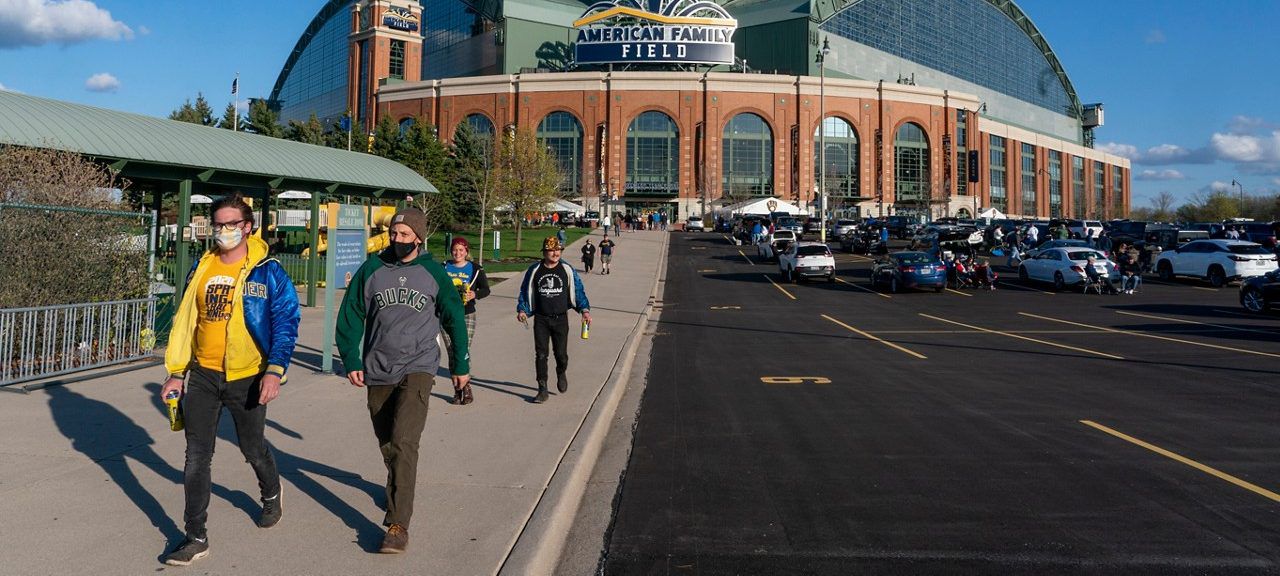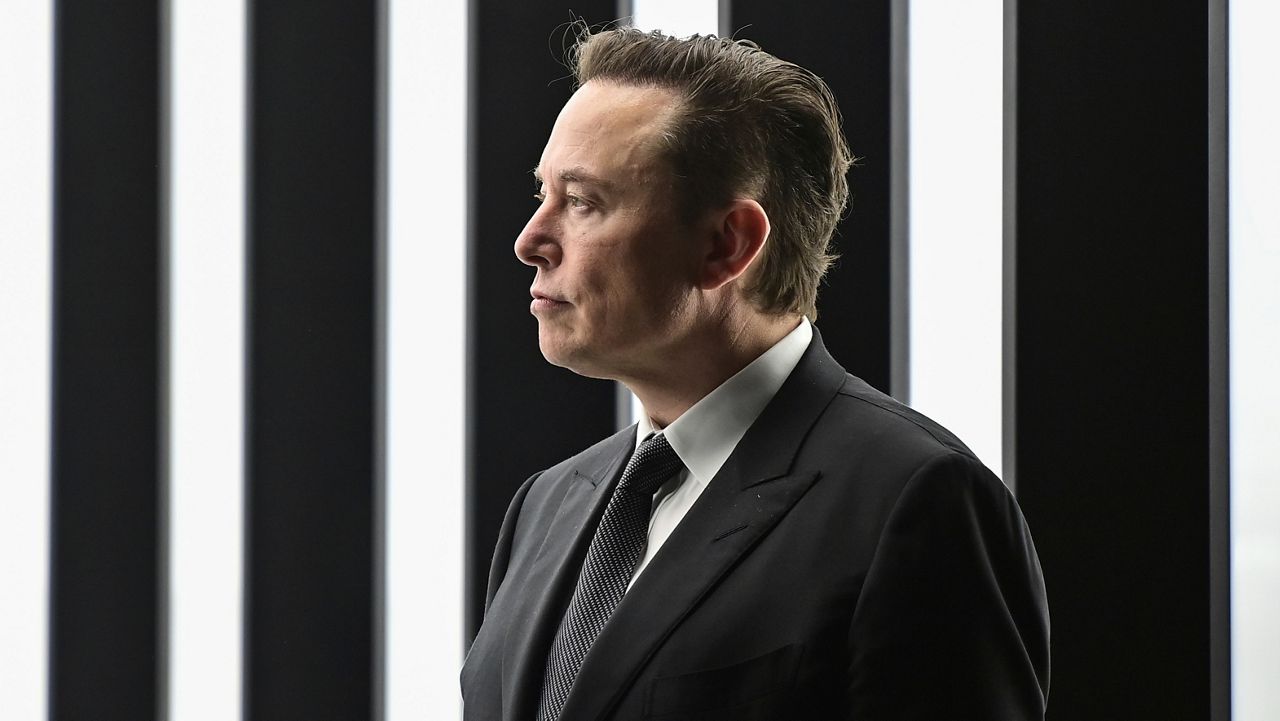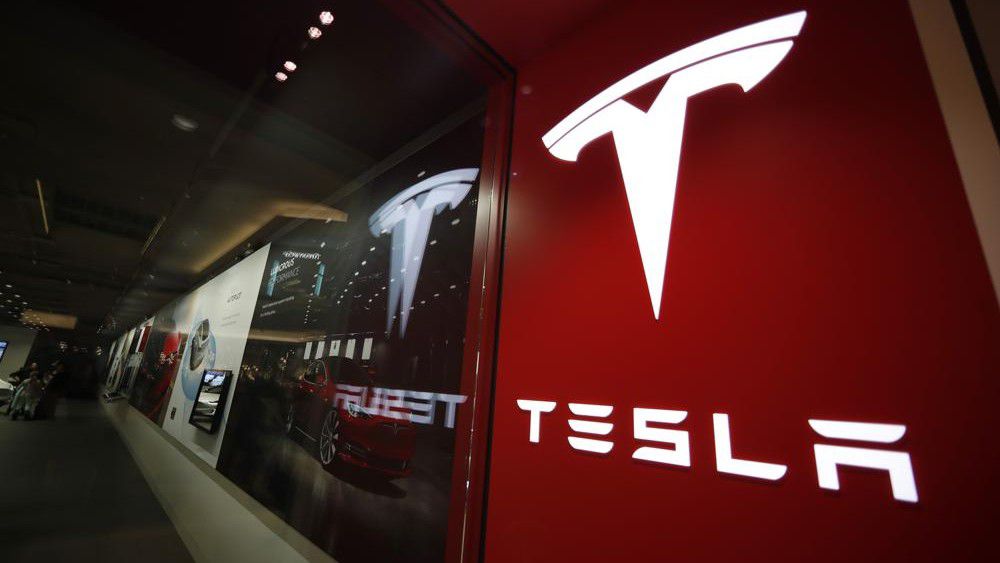TEXAS — Coming off a big firing dump of Twitter employees, with roughly two-thirds gone, users on the platform expect a dumpster fire to ensue. But Elon Musk’s confidence is unfazed as he lays out plans for Twitter’s future direction, considering dual headquarters in California and Texas, according to tech website The Verge.
Musk already relocated Tesla headquarters from California to Austin, Texas, fueling speculation about the future of Twitter.
After taking over Twitter less than three weeks ago, Musk booted half of the company’s full-time staff of 7,500 and an untold number of contractors responsible for content moderation and other crucial efforts. Then came the ultimatum.
“The best people are staying, so I’m not super worried,” he tweeted Thursday night. But it soon became clear some crucial programming teams had been thoroughly gutted.
After posing the ultimatum for Twitter’s staff to stay on for an “extremely hardcore” cultural reset or take severance pay, around 1,000 resignations followed under Musk’s takeover Thursday evening. Indicating how strapped he is for programmers, he sent all-hands emails Friday summoning “anyone who actually writes software” to his command perch on Twitter’s 10th floor at 2 p.m. — asking that they fly into San Francisco if not local, said the employee who quit Thursday but was still receiving company emails.
The Verge referenced two attendees and got a partial recording of Monday’s all-hands meeting, Musk saying the company was done with layoffs and is looking to recruit for engineering and sales. During a half-hour Q+A session, he shrugged off relocating Twitter’s San Francisco, California, headquarters to Texas, instead saying that it could make sense to be “dual-headquartered” at those locations.
In a quote sourced from The Verge, Musk said, “If we want to move the headquarters to Texas I think it would play into the idea that Twitter has gone from being left-wing to right-wing, which is not the case,” he told employees. “This is not a right-wing takeover of Twitter. It is a moderate-wing takeover of Twitter.”
It doesn’t help the public’s perception of that notion with his recent decisions to reinstate the personal account of far-right Rep. Marjorie Taylor Greene, which was banned in January for violating the platform’s COVID misinformation policies. That came after Musk over the weekend reinstated the account of former President Donald Trump, who was banned in the aftermath of the deadly Jan. 6 riots at the Capitol in 2021.
But others — including Kathie Griffin, Jorden Peterson and Babylon Bee — were reinstated as well.
Trump himself has said he won't return to Twitter and as of Monday had not tweeted since the reinstatement, although he also hasn't deleted his account.
Musk’s reasoning behind the dual headquarters is that “…to be the digital town square, we must represent people with a wide array of views even if we disagree with those views.” He knows the upcoming changes will take some getting used to, admitting that Twitter’s restructuring will “have a lot of mistakes” but “stabilize over time.”
Some potential ideas he brought up to employees at the meeting were to “somewhat decentralize things” by hiring engineering teams in Japan, India, Indonesia and Brazil; put stock options on the table for Twitter employees, comparable to how SpaceX operates. “The way things work at SpaceX to get liquidity is that every six months there’s a liquidity event where the company buys back shares and we also invite new investors to buy shares,” he explained in a quote from The Verge.
Musk pointed out the high usage of Twitter in Japan and how he wants those same results in all countries. “It may seem as though Twitter is U.S.-centric but if anything it’s Japan-centric,” he said, per an excerpt from The Verge. “There are roughly the same number of daily active users in Japan as there are in the U.S., despite the fact that Japan has one third of the population of the U.S.”
Three engineers who left last week described for The Associated Press why they expect considerable unpleasantness for Twitter’s more than 230 million users now that well over two-thirds of Twitter’s pre-Musk core services engineers are apparently gone. While they don’t anticipate near-term collapse, Twitter could get very rough at the edges — especially if Musk makes major changes without much off-platform testing.
The Associated Press contributed to this article.






